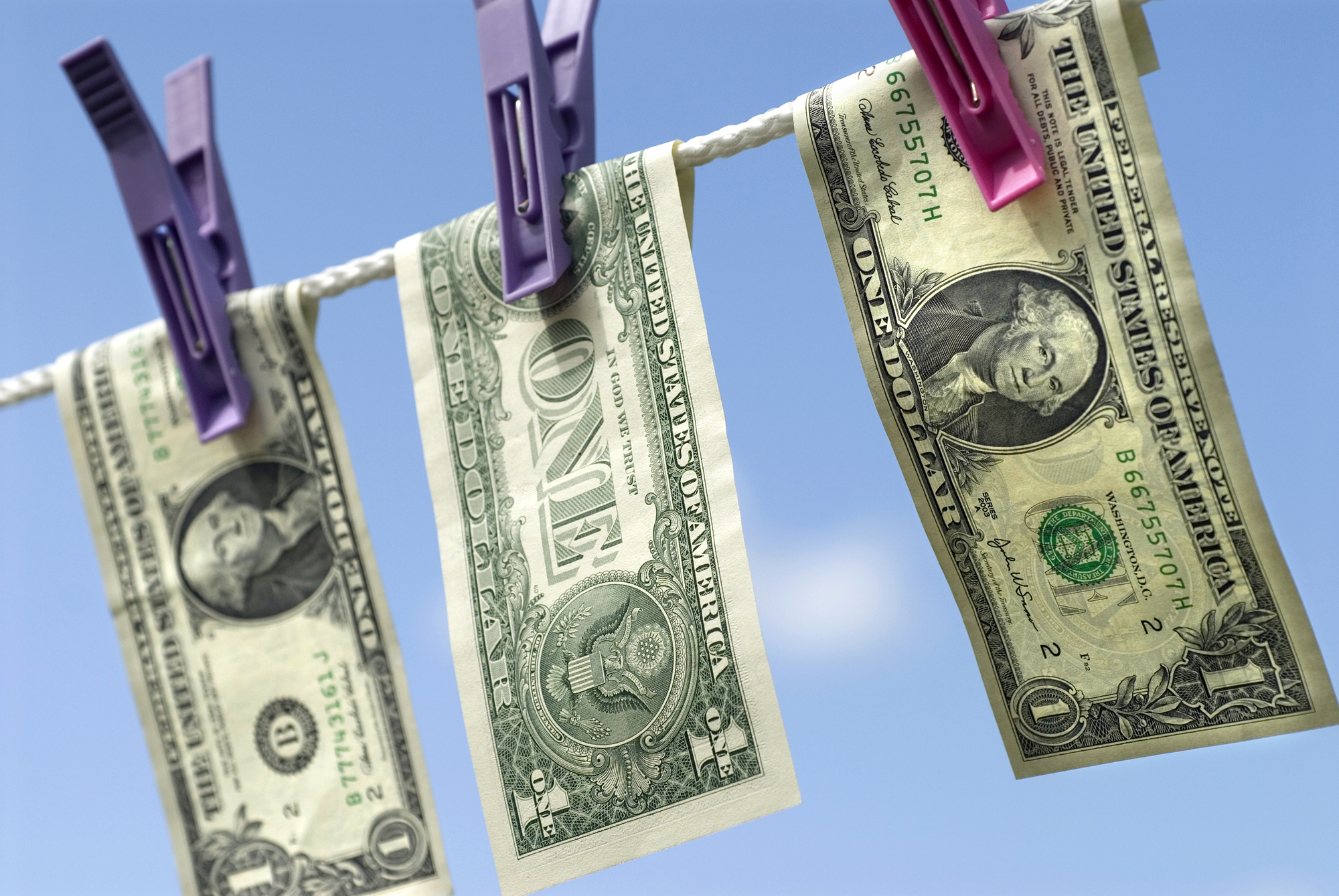What is Money Laundering?

Money Laundering Bail Bond
When a person is accused of money laundering, it means that they’ve been generating large amounts of money out of a criminal activity that is made to appear to have come from a legitimate source. Hence, the money that comes from criminal activity is considered dirty, even though the process “launders” it to make it look legal and clean. Money laundering allows criminals to profit from their own crime, and it involves a lot of illegal moves to make it happen.
What Are the Stages of Money Laundering?
Money laundering is an intricate process that takes up many steps to be done. There are three main stages:
-
Placement
The movement of cash from its illegal source is called placement, and the source can be easily disguised or misrepresented. Once this is done, then all the money is placed into circulation through casinos, shops, and all kinds of financial institutions, whether local or abroad. Currency smuggling, bank complicity, currency exchanges, securities brokers, the blending of funds, and asset purchase are part of the illegal movements that take place in this stage of money laundering.
-
Layering
This stage is where things get difficult to detect. Layering is all about covering the trail of illegal proceeds so the law enforcement agencies have a rough time detecting the laundering activity. Among the methods to do layering are cash converted into monetary instruments, which are made within the financial system and involves the use of banker’s drafts and money orders. Layering can also be done by buying material assets with cash so they can be sold after.
-
Integration
Integration is reached thanks to a previously laundered money movement, done mainly through the banking system, where money appears to be normal business earnings; but, how is this different from layering? Integration is different because it means that now, the detention and identification process of all laundered funds is provided through informants—property dealing, front companies, and false loans, foreign bank complicity, false import/export, etc. In essence, this stage is where the profits from money laundering are identified.
Other examples of money laundering include smurfing, also called structuring. Smurfing is making small deposits of money over time into accounts, a process that may not arise any suspicion because the deposits are not large; smurfing could also involve using Asian alternative banking entities.
Is Money-Laundering Considered a Misdemeanor or Felony in California?
According to the California Penal Code, for a defendant to be accused of money laundering, they should have completed a series of transactions through a financial institution to be charged for the crime. The total amount of the transactions made needs to be more than $5,000 in a seven day period or more than $25,000 in a 30-day period.
As for the misdemeanor or felony charges, prosecutors in California can choose to pursue charges in money laundering as either of them. The decision will depend on the type of activity associated with the “dirty money” and the extent of the network committing money laundering, as well as the amount of money involved in the alleged crime. But, if the defendant gets involved in serious cases connected to organized crime, then he or she may also face RICO or racketeering charges.
Misdemeanor vs. Felony
Misdemeanors can be punishable by relatively minor fines or jail time, but most misdemeanors are adjudicated in a shortened trial; and if the defendant is going to serve any jail term, then it would most likely be served in a local or county jail.
On the other hand, a felony is the most serious type of crime and is often classified by degrees – being the first one the most serious. A felony is punishable by substantial fines and prison sentences that exceed the year. If a defendant is convicted of a felony, then jail time will be served in a state or federal correctional institution.
A bail bond is possible if the case ends up as a misdemeanor, but bails and fines are a lot more if dealing with a felony.
If someone has been convicted of money laundering in the past, a second felony conviction can have an increased penalty of a fine of up to $500,000 or 5 times the entire amount of money laundered. However, the amount of time a person who is convicted will serve in prison is increased by 1 year if the amount of money laundered is more than $50,000; but, If the amount is over $2,500,000, then the prison sentence can include an extra 4 years and the fines also multiply substantially.
Money Laundering Bail Bonds – Get Out of Jail (800) 224-5911!
Our family-owned bail bond company has been helping our neighbors all over the state of California get loved ones out of jail since 1958. All of our compassionate, professional Bail experts know the ins and outs of each jail in the Orange County, Los Angeles County, San Bernardino County, and Riverside Counties, and are pros at helping first-time defendants post bail for charges from DWIs to Domestic Violence.
Call Now at (800) 224-5911 or (800) BAIL-911 or find out more about Angels Bail Bonds. If it’s your first time attempting to free a loved one from jail, like many of our costumers, these frequently asked questions will give you a good reference about how a bail bond works.

